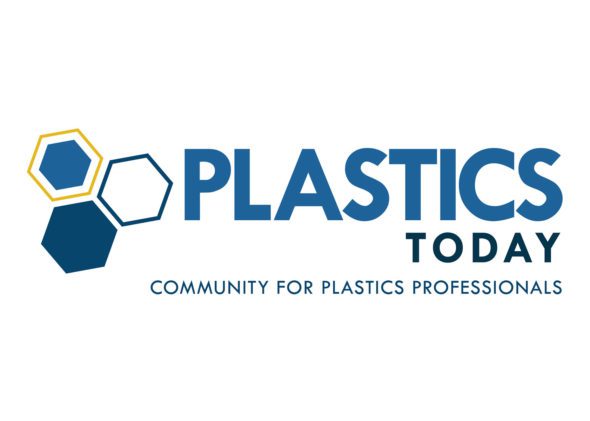Read article on plasticstoday.com
Written by Blair Koorsen
The ability to hit production goals and respond to new market opportunities is key to the success of any plastics processing business, and that requires an effective strategy for hiring, training and retaining new workers.
Currently, the plastics industry has a shortage of skilled workers due in part to the retirement of the baby boomer generation. In addition, low unemployment rates have resulted in skilled workers choosing to work at companies that offer the best benefits, compensation and culture. Following these seven steps will help your company succeed in attracting and retaining skilled workers.
Nurture your company brand and culture. Your brand and image matter to potential employees, whether they’re researching your company online or walking into your facility for the first time. Younger generations don’t think of manufacturing as modern, high-tech or providing a great work environment. To promote your organization’s culture to potential younger employees, address your company’s online presence and reviews. Internally, enhance and promote a positive workplace culture that supports open communication, management involvement and innovation. Leverage current employees with high levels of job satisfaction—they are an excellent resource for recruiting new employees.
Establish educational partnerships. Expand your recruitment practices and training opportunities to consider applicants who show a desire and capacity to learn. Forming community partnerships with high schools, community colleges, trade schools and associations generates pools of possible employees. These partnerships make applicants aware of your company’s career opportunities and unique culture. You can further your engagement with the community by having open houses with facility tours and on-site interview scheduling.
Develop training and guidance programs. Enact programs that foster connections between inexperienced workers and veteran employees. Consider adding apprenticeships, job shadowing, career counseling and internship opportunities. Training programs help employees improve their skills and transfer vital company information from senior employees to new hires.
Promote advancement and growth opportunities. Provide career advancement and growth opportunities to employees, and promote these programs in your recruitment process. Having a career path combats the myth that manufacturing jobs are limited to assembly lines with no paths for advancement. Moreover, let recruits and newer employees know about available career opportunities as current employees retire.
Prioritize safety and wellness. Promoting an employee-centered culture that values a safe work environment combats the myth that manufacturing jobs are dangerous. Developing wellness programs provides additional benefits beyond traditional compensation structures and demonstrates the organization’s investment in employee well-being. Examples of wellness programs include smoking cessation, nutrition, fitness and ergonomics.
Demonstrate openness and engagement. When employees’ voices are heard, they are more likely to be successful and stay with your company. Openness combats the misunderstanding that younger generations have about the lack of job security in the manufacturing industry. Offer multiple channels for staff to express concerns or offer suggestions, and provide valuable feedback in a timely manner. Monthly all-hands meetings during which management answers anonymous questions, presenting results of employee surveys and subsequent action plans, and open-door policies are examples of communication channels.
Practice pay and benefits benchmarking. Evaluate your pay scales, benefits, paid time off, and perks against your competitors and outside your industry. Consider creative paid time off structures such as volunteer days, floating holidays, parental leave and sabbaticals. Additionally, consider flexible work schedules for your employees. Make sure to promote these benefits in your recruitment and retention efforts.
Utilizing your company’s established resources is a cost-effective way of implementing and maintaining sustainable recruitment and retention programs. Your insurance, employee benefits and risk management advisors can help by discussing industry trends, benchmarking your company relative to peers and supporting your safety programs.
